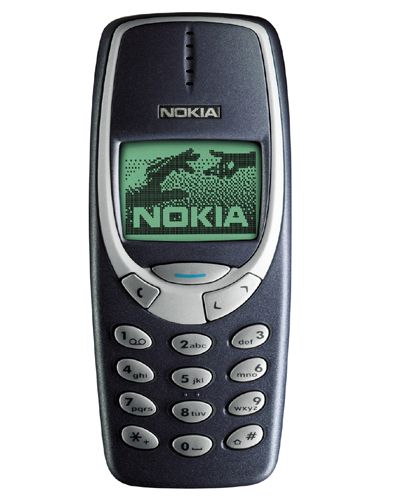Introduction
On occasion Nokia will experiment with form factor and shape. The Nokia X5-01 is the kind of phone that might just leave you wondering. Is it having a bad slider day or a great square day? No, the Nokia X5 is better than that. It’s a neat and chubby Symbian smartie with a QWERTY keyboard and a 5MP camera.
The struggle to provide a better system of text input while keeping the size down is still ongoing. Touchscreen provides an answer of sorts, but nothing yet really beats an old-fashioned hardware QWERTY keyboard.
The full four-row keyboard on the Nokia X5 has a long list of applications – from SMS and email, to IM and social networking. The Nokia X5-01 sports a dedicated media key too – it’s no square when it comes to having fun.
The 5MP camera is a constant source of photos to share with friends and you can do it over Wi-Fi, no need for a data plan. The Nokia X5-01 is a full-blown smartphone too – 600MHz and 256MB RAM put it within a stone’s throw of the Nokia N8 performance. And the Ovi Store is steadily growing with new and useful apps.
We were a little disappointed to find the X5-01 doesn’t have a GPS receiver. Check out our list of pros and cons to see what made the cut and what didn’t.
Key features
· Full QWERTY slider form factor
· Quad-band GSM/EDGE, tri-band 3G with HSDPA and HSUPA
· Symbian S60 UI, 3rd edition FP2
· 600MHz processor, 256MB RAM; 200MB user-accessible storage
· 2.36" 256K-color QVGA display
· 5 megapixel fixed-focus camera, LED flash, VGA@15fps video recording
· Standard microUSB port (charging)
· microSD card slot (32GB supported, 2GB included)
· Wi-Fi b/g; DLNA and UPnP support
· Bluetooth (with A2DP)
· Accelerometer-based controls
· Dedicated media key
· Stereo FM radio with RDS, Internet radio
· 3.5mm audio jack
· Excellent audio quality
· Comes With Music bundle in select markets
· Good email and social networking support
· Office document viewer; ZIP file support
· Quick Business and Personal homescreen toggle
Main disadvantages
· No GPS receiver
· No office document editing
· Small, low-resolution screen
· Non-hot-swappable microSD card under the battery
· Fixed focus camera
· Poor video recording
· No camera lens protection
· No DivX or XviD video support out-of-the-box
· No smart dialing
So, some things were left out, but Nokia managed to fit a lot of features in a small package. The last square-shaped QWERTY messenger we reviewed was the Motorola Flipout, which had its own set of pros and cons. For one thing, the Nokia X5-01 is a cheaper entry into the world of smart messengers. And it’s an entry with a bang.
It’s clearly not a phone that will appeal to everyone, but some will fall for its looks and rectangular charm. And as far as non-touch smartphones go, the Nokia X5-01 actually ranks pretty high on features.
It has a couple of nice accelerometer-based tricks too. If you press and hold the volume key, then shake the X5-01 it will “knock” several times – according to how many new messages you have. You can also skip a music track by shaking the phone.
Now, you can go ahead and skip to the next page for the hardware tour. We begin with unboxing and the 360-degree spin

